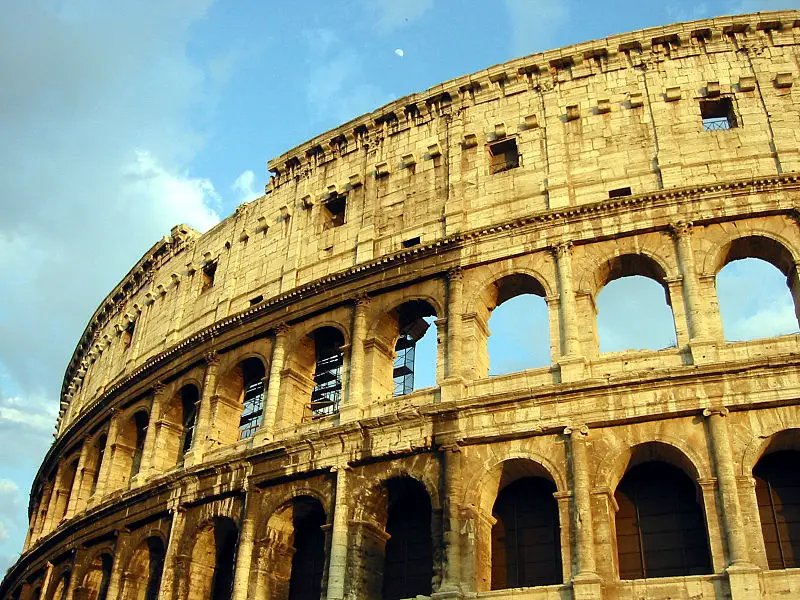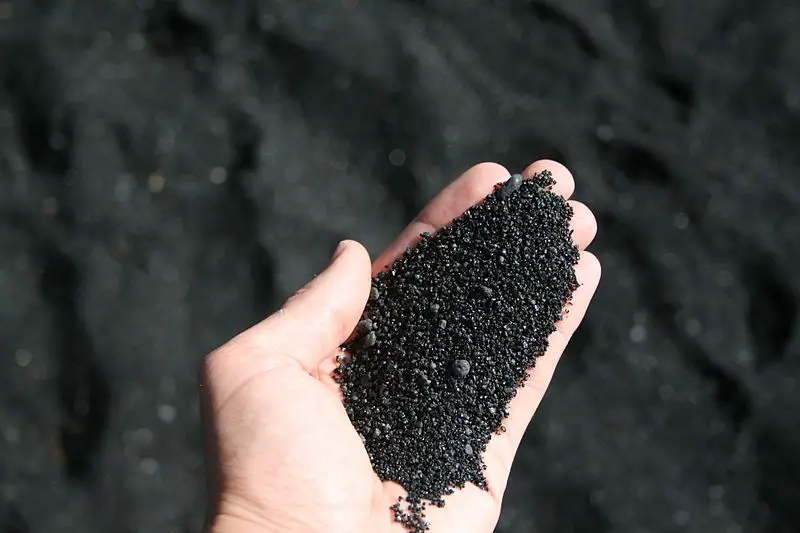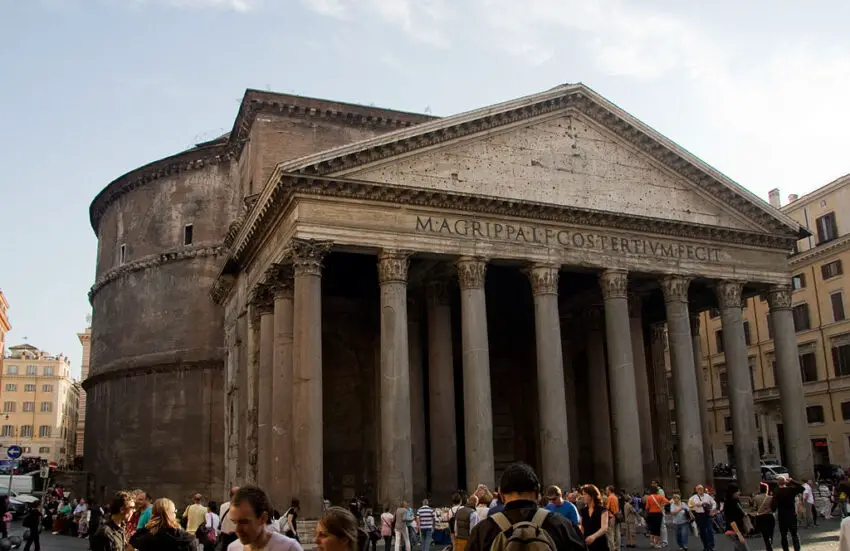Ancient Roman Concrete Facts
Table of Contents
Many references to ancient concrete can be found throughout history, including in the writings of the famous Roman scholar Pliny the Elder, who lived in the first century A.D. and died in the eruption of Mt. Vesuvius in A.D. 79. Pliny claimed that the best maritime concrete was made from volcanic ash found in the Gulf of Naples, particularly near the modern-day town of Pozzuoli. Its benefits became so well-known that any ash with similar mineral properties, no matter where it was found in the world, was dubbed pozzolan.
We’ve all seen the photos and some of us were even lucky enough to see the architecture of Rome. It’s quite impressive that all the buildings have been there for over two thousand years. What is the secret that the Romans knew that made their buildings so strong?
What were Roman buildings made out of?
The magnificent Coliseum and many other notable pieces of Roman architecture all have something in common – for one, they’re still standing and looking quite impressive today, and for another, they were all built from the same set of materials. To be precise, the Romans used volcanic rock, lime and, most importantly volcanic sand.

The Romans somehow knew that the way volcanic sand reacted with the other two ingredients would make the concrete very strong. The strategy was first implemented by Emperor Augustus who took advantage of the city being situated in the middle of a volcanic region.
How is volcanic sand superior?
According to the famous Roman architect Vitruvius (who was the subject of admiration for Leonardo da Vinci if his drawings are any indication), volcanic sand had to be mixed with limestone and volcanic rock in order to form crystals that prevented the natural cracks spreading throughout the concrete. Recent research has proven this hypothesis to be true.

One notable examples of volcanic sand’s architectural superiority is The Pantheon which was built without a single steel object, entirely out of Roman concrete. While there were undoubtedly other genius architecture plays involved in the construction, the concrete and the mortar seems to be the primary reason why the Pantheon is still standing. It’s quite clear that the Romans knew what they were doing, mixing volcanic sand into limestone and rock – most Roman architecture survived the tumultuous eras of the two Roman Empires, as well as the climate and even the salt of the Adriatic Sea.
What did the Romans do better?
Not only is the Roman concrete superior to modern concrete that can only stand the test of a few decades at most, but it was also better for the environment. Much less carbon was released into the atmosphere when Roman concrete was being manufactured than during today’s concrete production. Lime production in the Roman times required only two-thirds of the temperature used today in the production of cement.

Emperor Augustus has made a very wise decision when he decided to implement a building strategy that capitalized on Rome’s volcanic surroundings. Making Pozzolonic mortar a standard that was to be followed in construction, Augustus witnessed a substantial improvement in the quality of the Roman architecture, and we can still witness it today.
Can we do as Romans do?
Unfortunately, repeating the Romans’ architectural achievements today seems impossible. For starters, today’s standards of engineering wouldn’t have a place for construction without the use of a single piece of steel. Also, mixing Pozzolan ash, lime and rock has already been done, and the attempt to “do as Romans did” was futile.
That’s not to say, though, that we can’t learn something from the Romans – they certainly knew how to reduce their carbon footprint and take advantage of their surroundings without harming them. Perhaps in the future we would be able to do the same on a much grander scale than we’re doing now.
